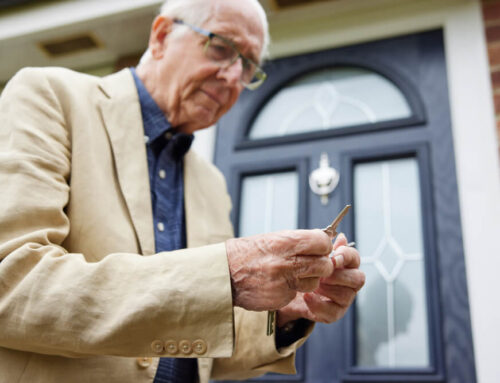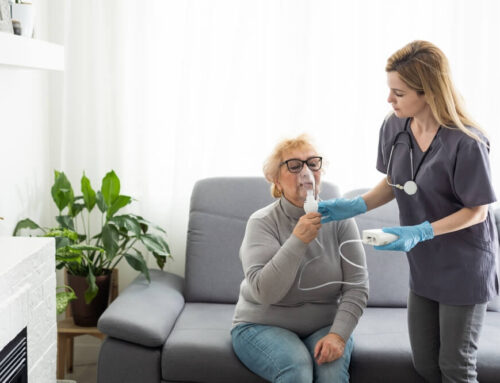When people begin exploring their options for living after retirement, they generally focus on the amenities and costs involved. However, most senior living experts recommend seeking a California senior living community that also provides therapy. Even people who are healthy now are likely to need some type of physical or occupational therapy in the future.
When Might Therapy Be Needed?
Therapy will routinely be required following an injury or when recovering from surgery. In most cases, therapy following those events will be limited, as recovery can generally be expected. However, there are situations when therapy will be ongoing rather than limited to a short period of time. That means assisted living residents should review the care options offered by a specific community to ensure their current and future needs can be met.
What’s the Difference Between Physical and Occupational Therapy?
While memory care residents may need multiple types of therapy, the majority of assisted living residents are most likely to need either physical or occupational therapy. Most people have only a vague idea of what’s involved in those two types of therapy. In fact, there is some overlap between the two, but there are also significant differences.
- Physical therapy (PT) deals primarily with large muscle movements. PT is routinely prescribed following an injury or surgery, as immobilization reduces both strength and range of motion. Once a resident’s strength and mobility have improved, the therapy will end. On the other hand, seniors often struggle with balance and strength issues that are related to the aging process. In those cases, PT may be ongoing and used as a preventative measure to reduce the odds of additional problems developing.
- Occupational therapy (OT) helps residents recover or retain their fine motor skills. Residents who suffer strokes or are diagnosed with severe arthritis commonly require OT to help them deal with everyday activities. Stroke victims, for example, commonly need help relearning how to accomplish household and hygiene tasks. OTs help residents adapt to permanent challenges by teaching alternative methods of accomplishing everyday activities.
In many cases, residents will require a combination of physical and occupational therapy to remain as mobile and active as possible. Having therapy experts available is incredibly important when residents need their services.
What Happens When Therapy Needs Are Not Met?
Residents in assisted living homes may never need physical or occupational therapists, but most will need some level of help eventually. Physical issues can be expected as a person ages, and being prepared to meet those challenges is crucial. That’s why top California assisted living communities provide easy access to those services. But, what happens when a resident doesn’t obtain the therapy they need?
First, a resident is less likely to participate in activities because of pain and a lack of mobility. No one wants to engage in activities that exacerbate their pain, so a resident may elect to stay home. Failing to participate in activities generally tends to make a physical problem worse. In addition, even healthy parts of the body will deteriorate when muscles are not used regularly.
Next, isolation is proven to increase the odds of a resident experiencing depression. Once depression sets in, a resident is more likely to become even more reclusive. Both physical and psychological issues tend to worsen when depression takes hold. Studies have shown that untreated depression can easily reduce a male’s life by up to ten years and a woman’s life by seven years.
Isolation also leads to a variety of health issues. Humans are social creatures and need to interact with others to remain healthy. Without social interactions, people tend to experience cognitive issues and heart disease in addition to depression. Physical and occupational therapy help residents avoid those types of problems, and having easy access to the appropriate therapies is crucial.
Do Residents Really Recover From Health Issues?
The short answer is yes. They can recover with the proper care. The degree of recovery depends on the care provided. In other words, assisted living residents who receive the care they need increase their odds of recovering from injuries or illnesses that create physical problems. With ready access to physicians and therapists, recovering is far more likely.
Choosing an Assisted Living Community
At Palm Vista, we’re dedicated to providing every resident with opportunities to stay active and healthy for many years. At the same time, we understand how crucial having the right medical experts available is. That’s why we make sure our residents have access to physicians, as well as both physical and occupational therapy groups to meet their healthcare needs.






